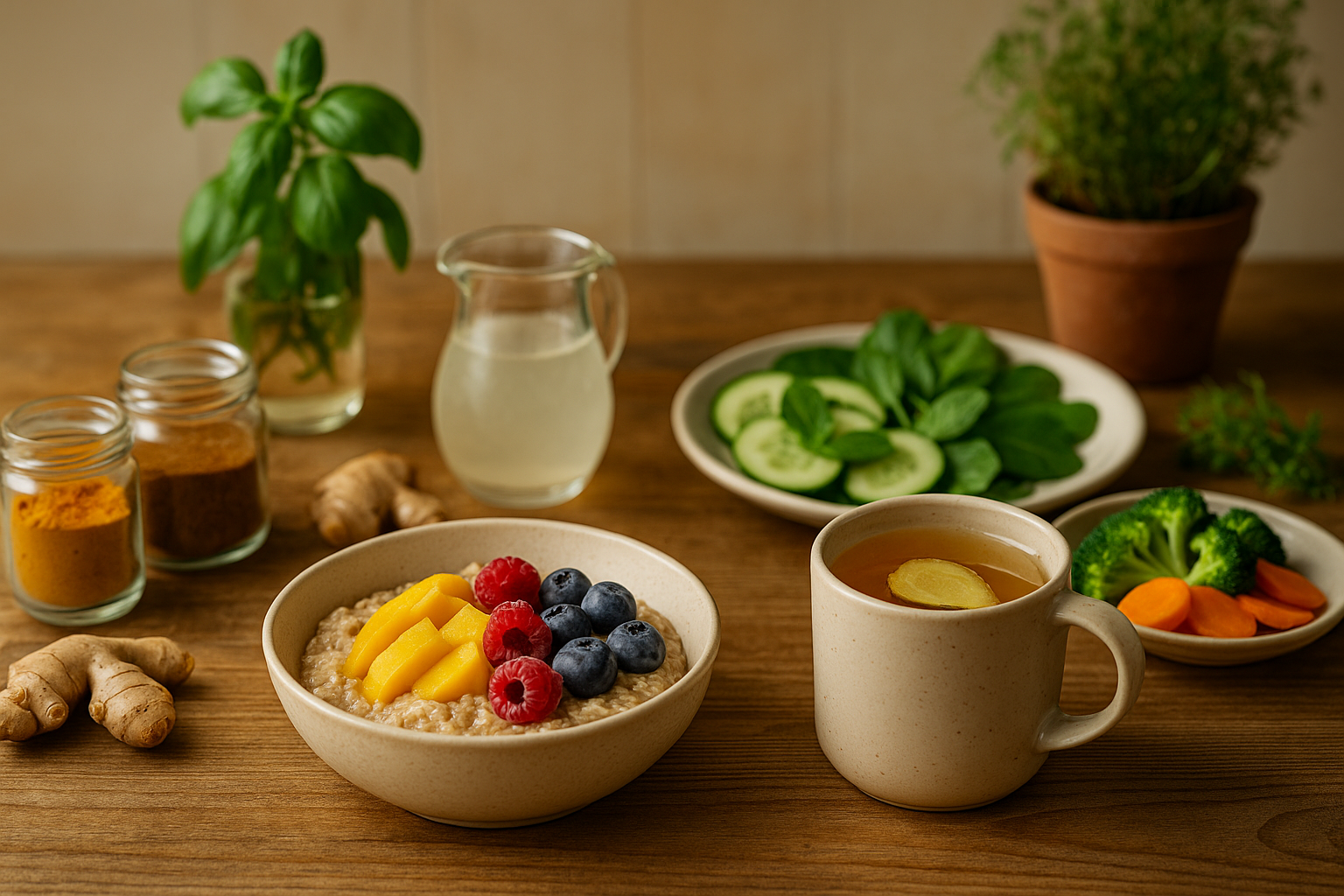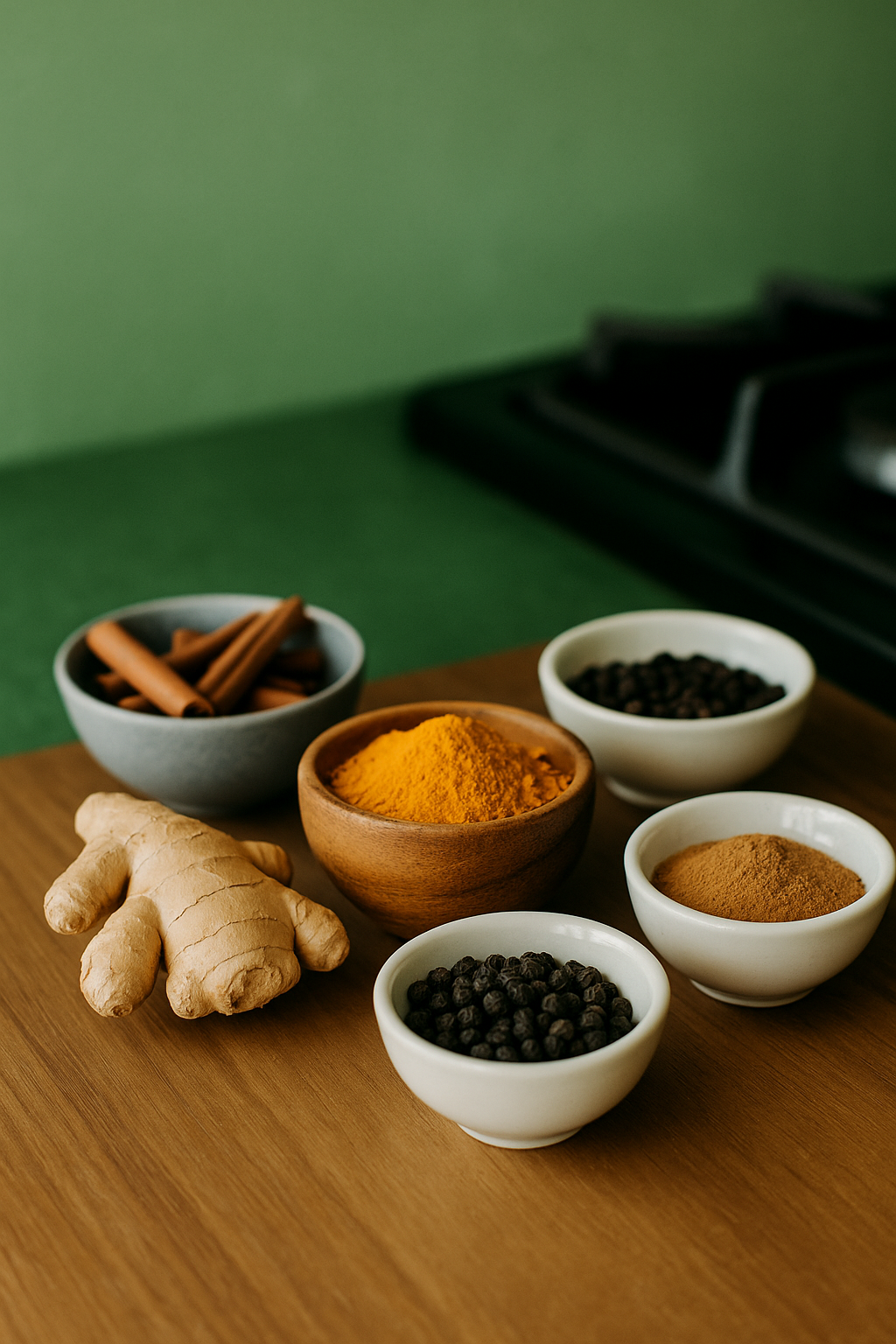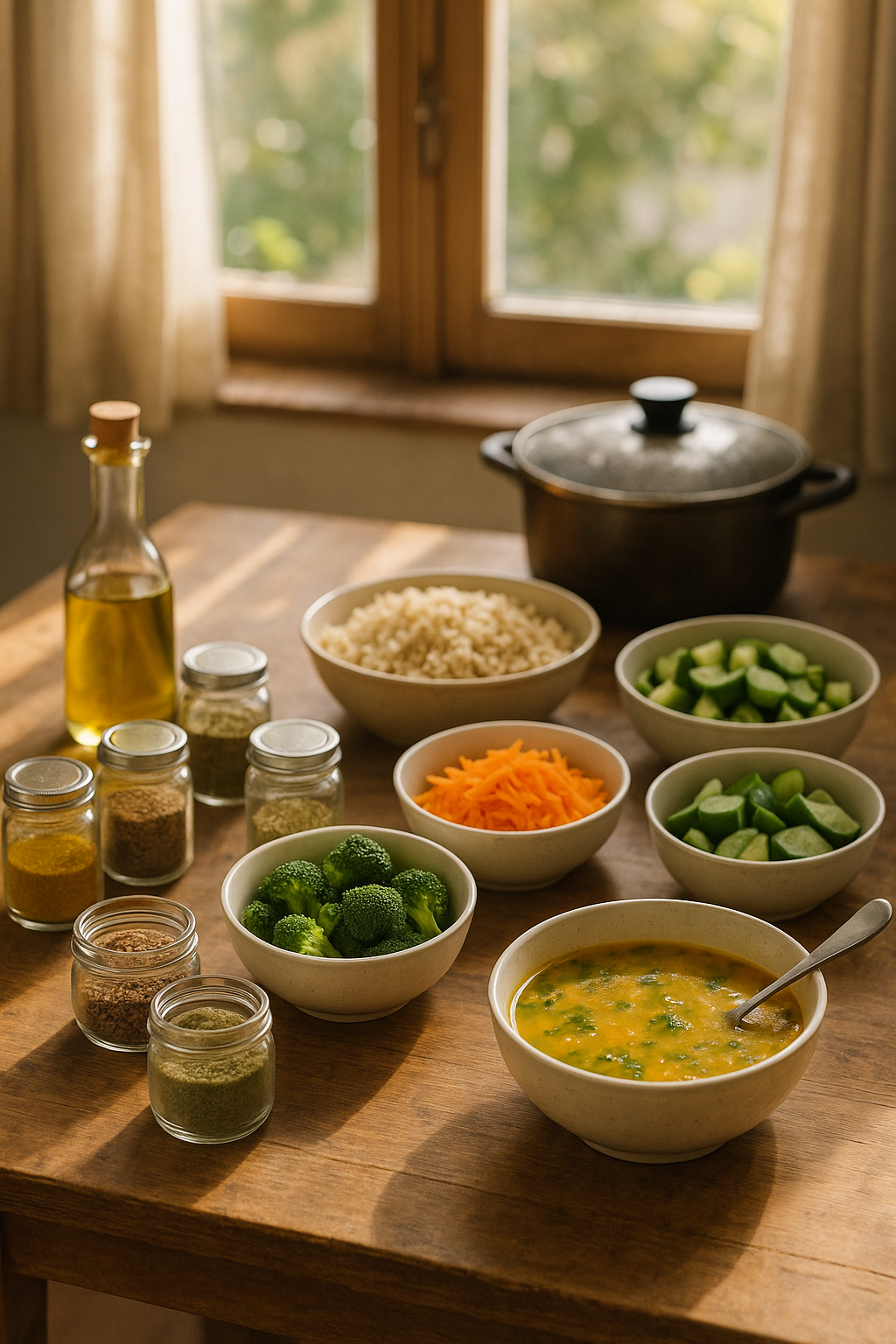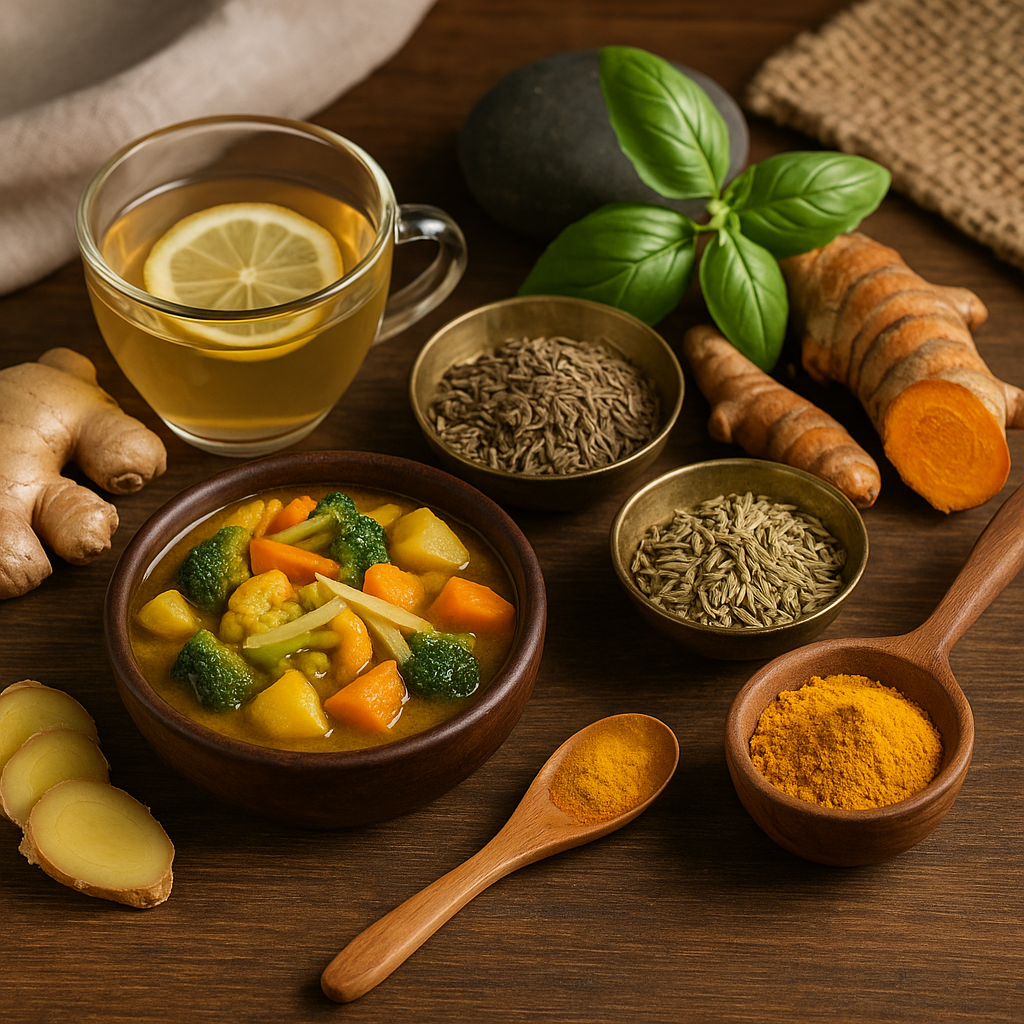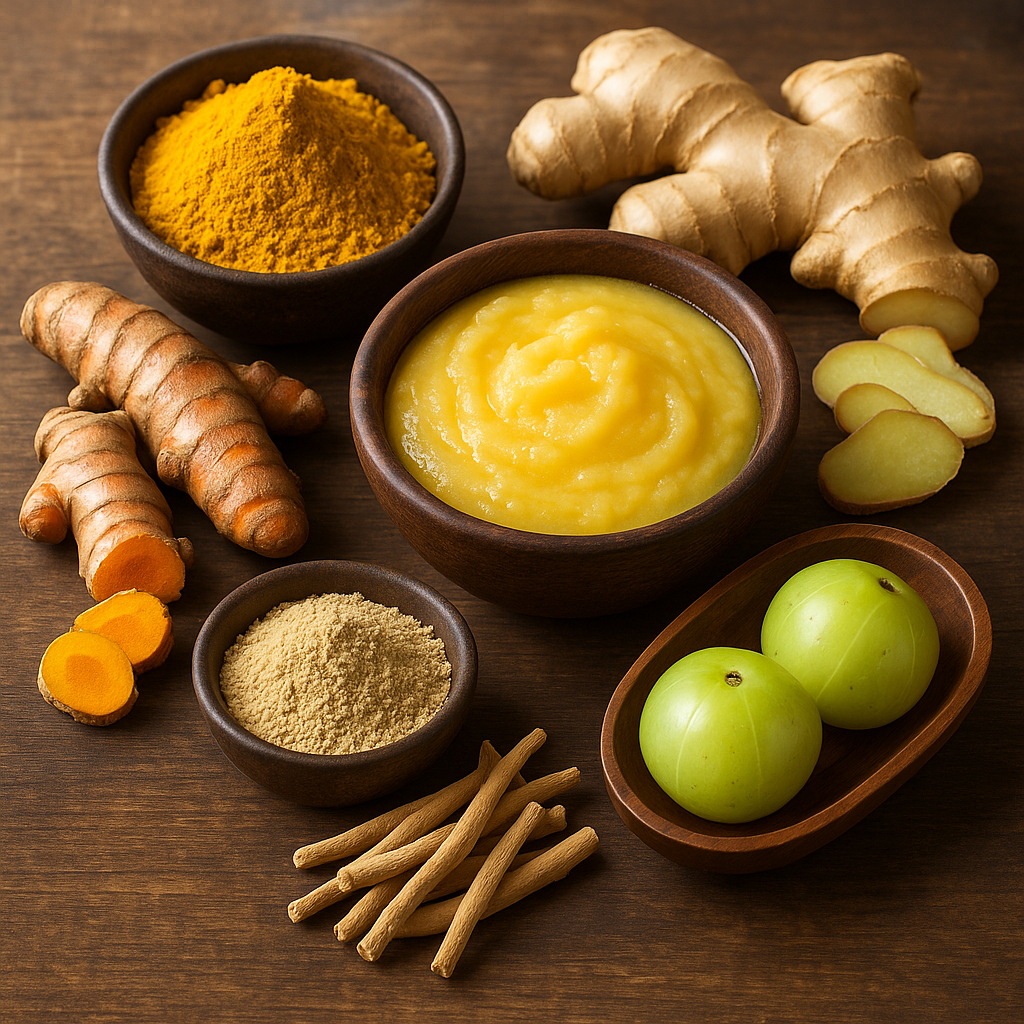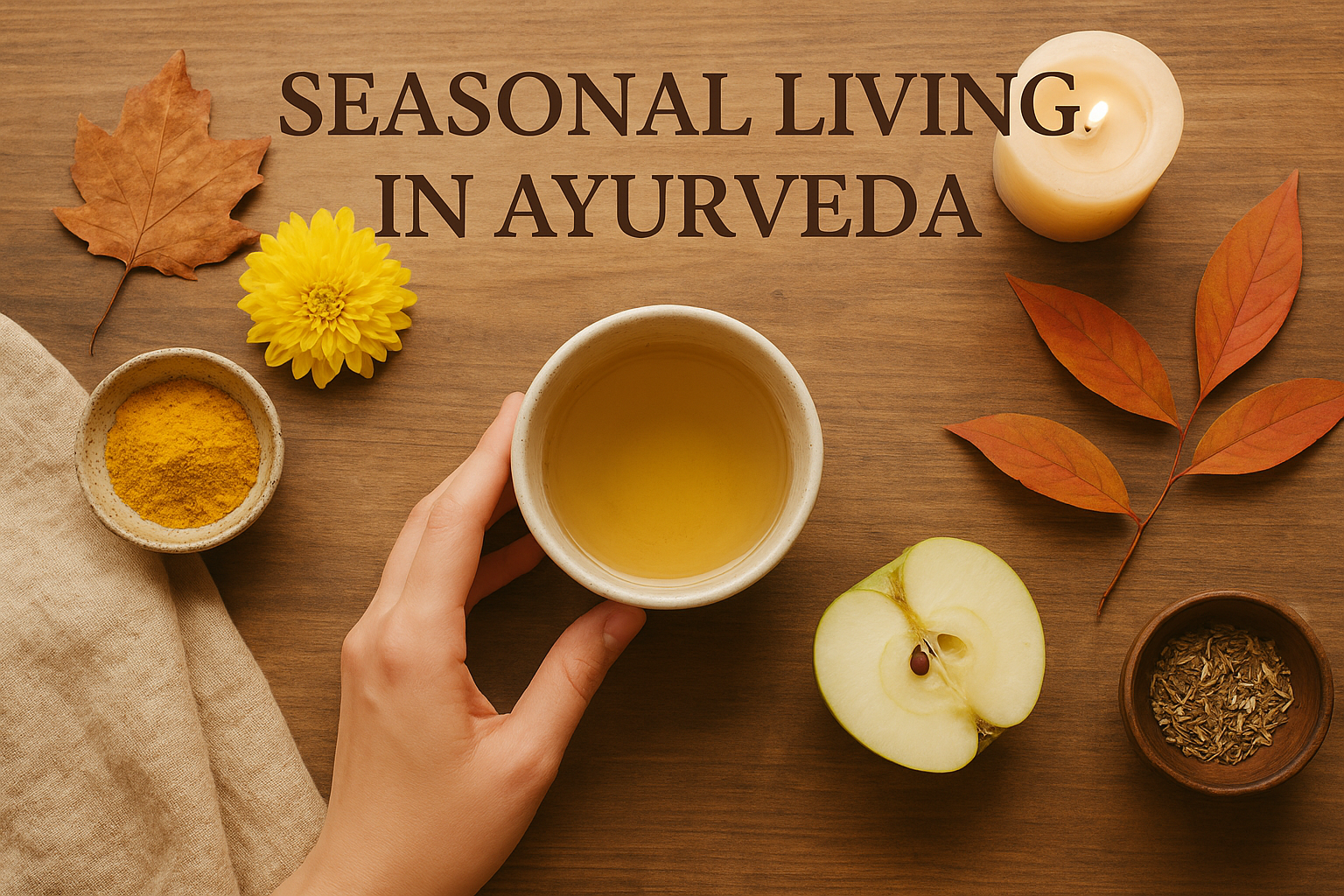
Introduction
Among the traditional practices of Ayurveda, few are as deeply soothing as Shirodhara therapy. This ancient treatment calms the mind, balances emotions, and helps restore inner peace. By reducing stress and improving sleep, it offers profound relief for both the nervous system and the emotional body.
What Is Shirodhara Therapy?
The word Shirodhara comes from Sanskrit: Shiro means “head” and Dhara means “continuous flow.” The therapy consists of pouring a steady stream of warm oil onto the forehead, directly over the Ajna chakra or third eye. This energetic center is associated with clarity, intuition, and emotional balance. The constant flow of oil induces deep relaxation and activates the parasympathetic nervous system, bringing a meditative state of calm.
Benefits of Shirodhara Therapy
The results of this therapy can be felt from the very first session. With regular practice, its effects become even deeper:
- Promotes relaxation and reduces stress.
- Improves sleep quality and helps with insomnia.
- Supports emotional balance and eases anxiety.
- Clears mental clutter and encourages focus.
Shirodhara Therapy and Emotional Healing
Directing the flow over the Ajna chakra helps release blocked emotions, especially those linked to overthinking, worry, and fear of the future. These are common signs of an imbalanced Vata dosha. By soothing this energetic center, Shirodhara therapy allows the mind to rest and invites a state of inner clarity and calm.
How Shirodhara Therapy Is Performed
During a session, the client lies comfortably while a vessel gently pours warm oil onto the forehead. The most common oils are:
- Sesame oil: nourishing and grounding, excellent for Vata.
- Coconut oil: cooling, helpful for calming Pitta.
- Herbal oils such as brahmi or ashwagandha, which enhance relaxation.
A session usually lasts between 30 and 60 minutes, and receiving several treatments strengthens the results.
Variations of Dhara Therapies
While Shirodhara therapy refers to the forehead application, Ayurveda also offers other forms of Dhara:
- Hridaya Dhara, where oil flows over the heart, supporting emotional healing.
- Nabhi Dhara, directed to the navel, which benefits digestion and vitality.
These variations broaden the therapeutic possibilities, yet classic Shirodhara remains the most recognized for calming the mind and emotions.
Conclusion
Shirodhara therapy is more than a relaxing treatment. It is a transformative experience that connects body, mind, and spirit. Through the steady flow of warm oil, this ancient practice helps release emotional blockages, quiet the mind, and restore peace within. Integrating Shirodhara therapy into an Ayurvedic wellness plan is a powerful way to cultivate clarity, rest, and emotional balance.

